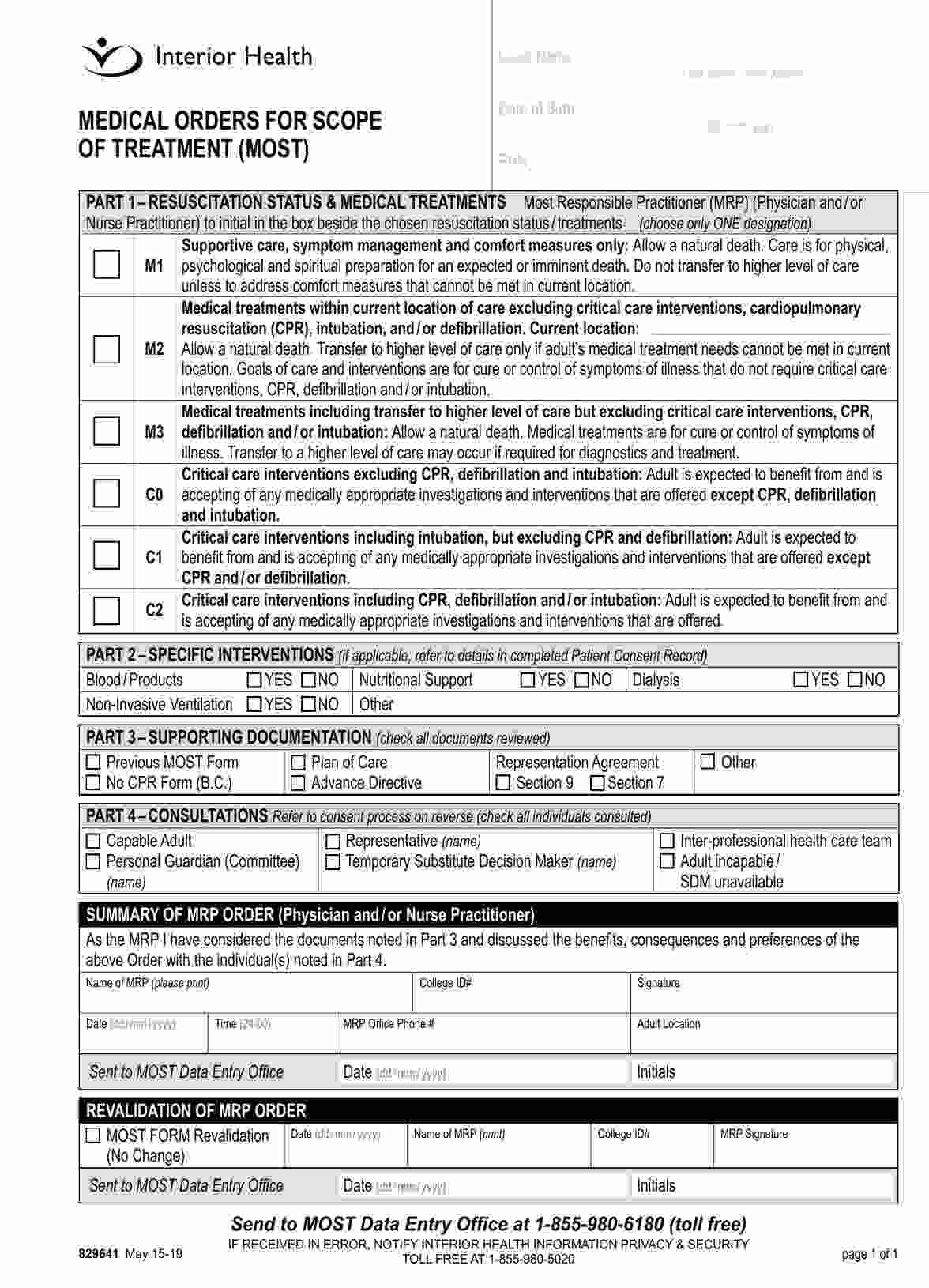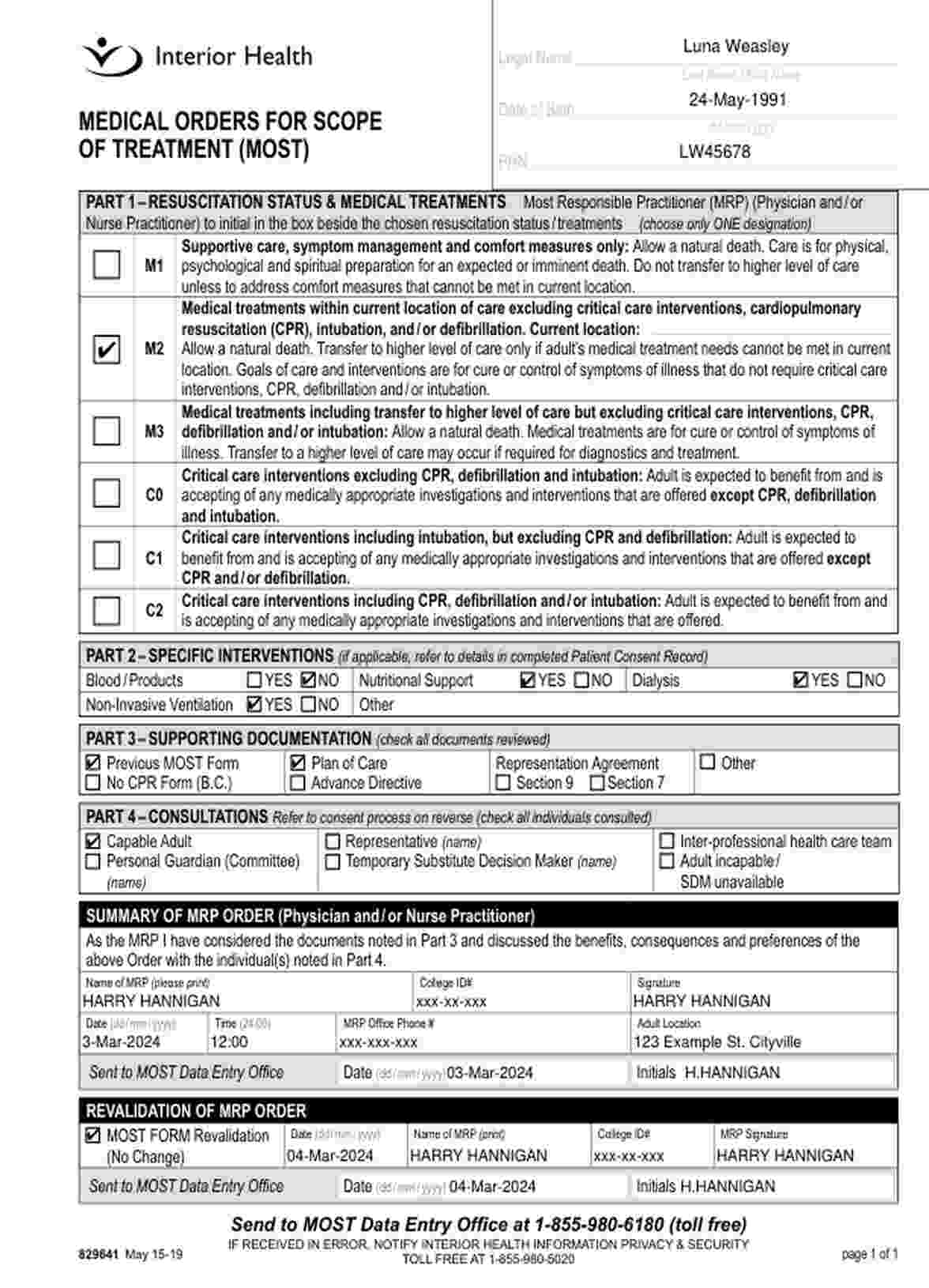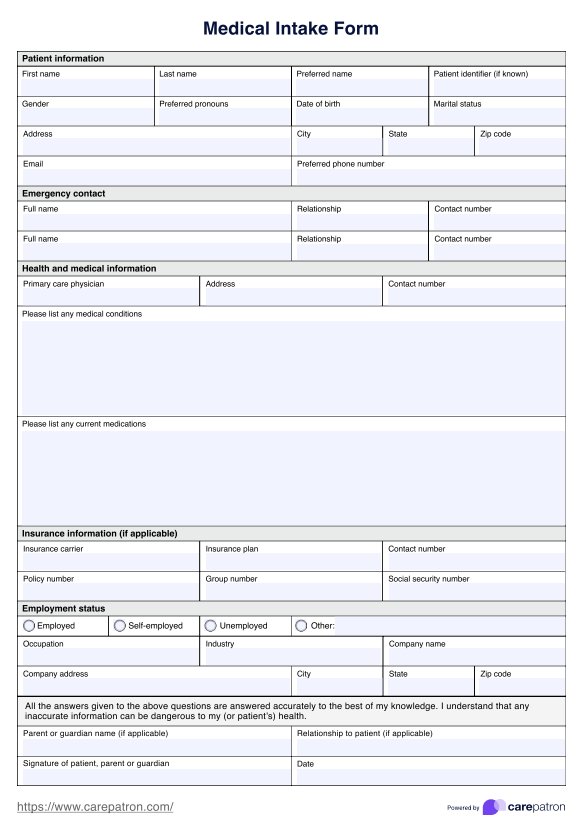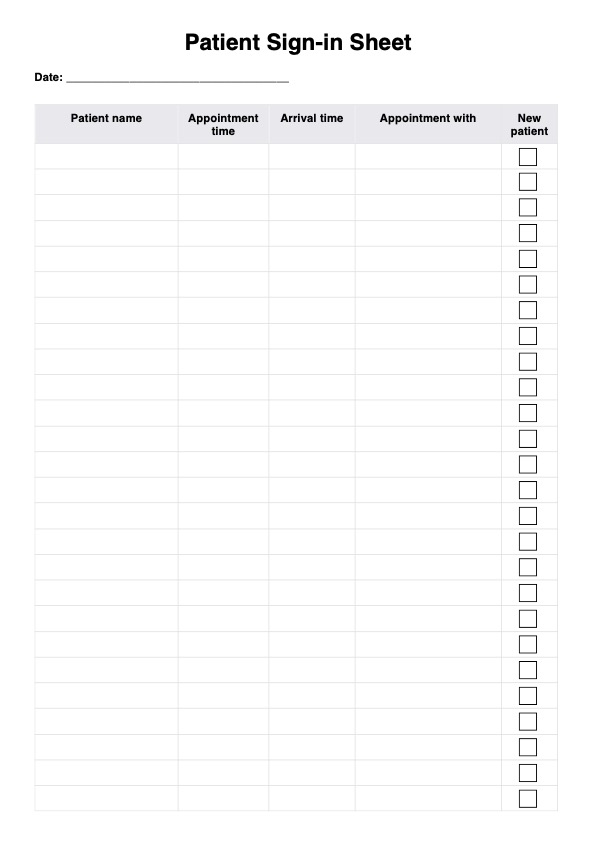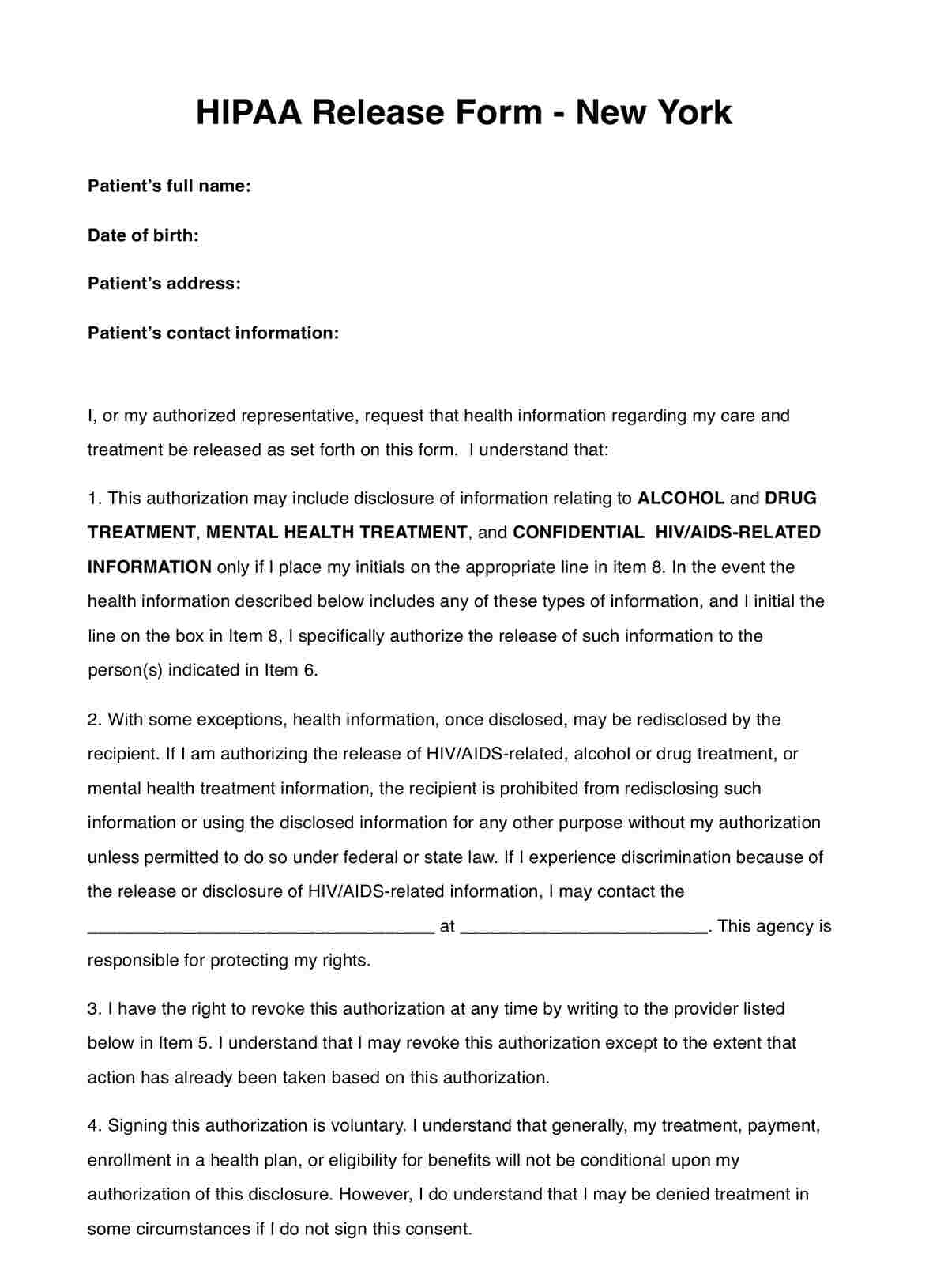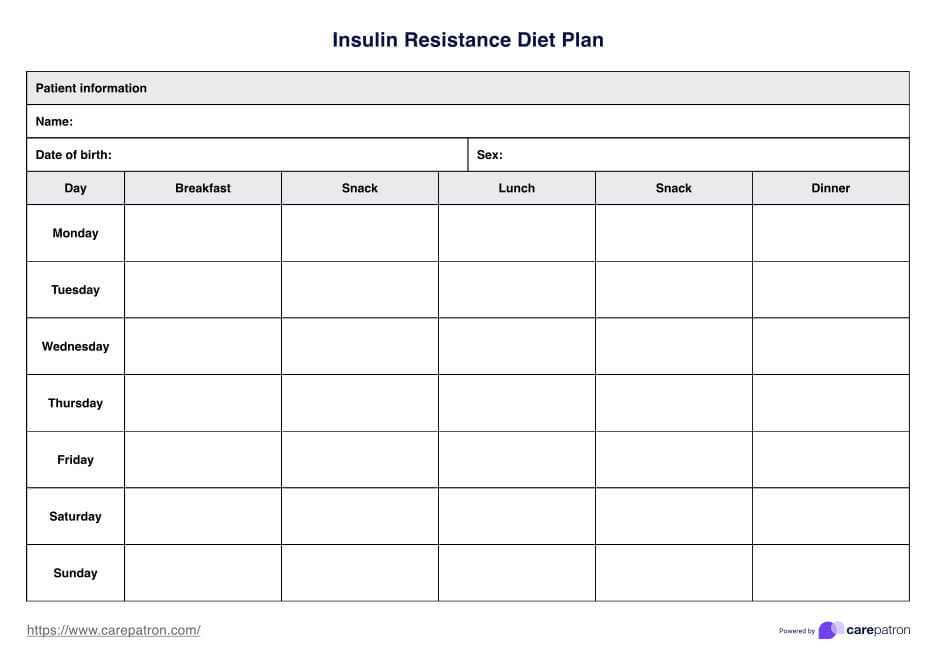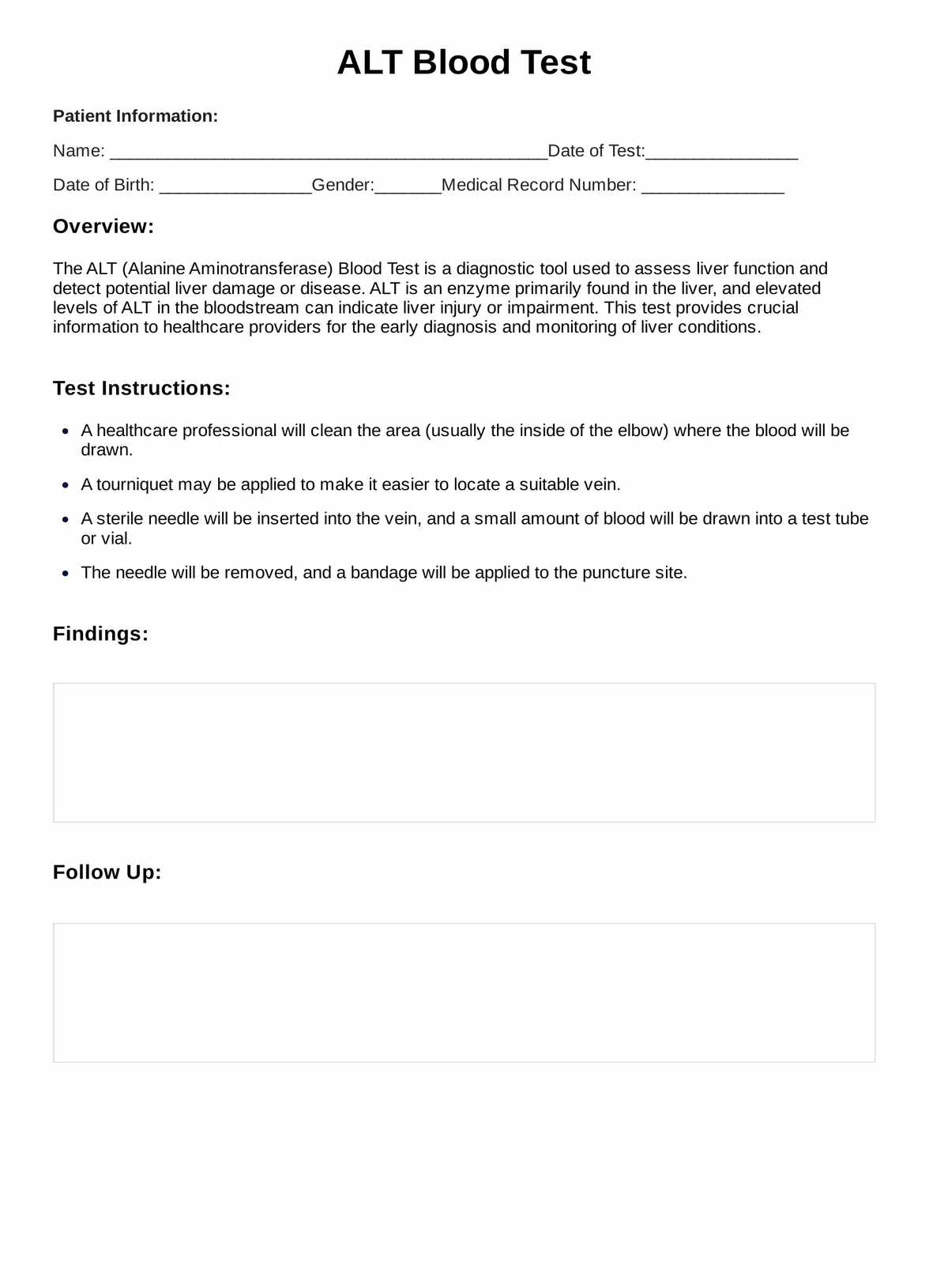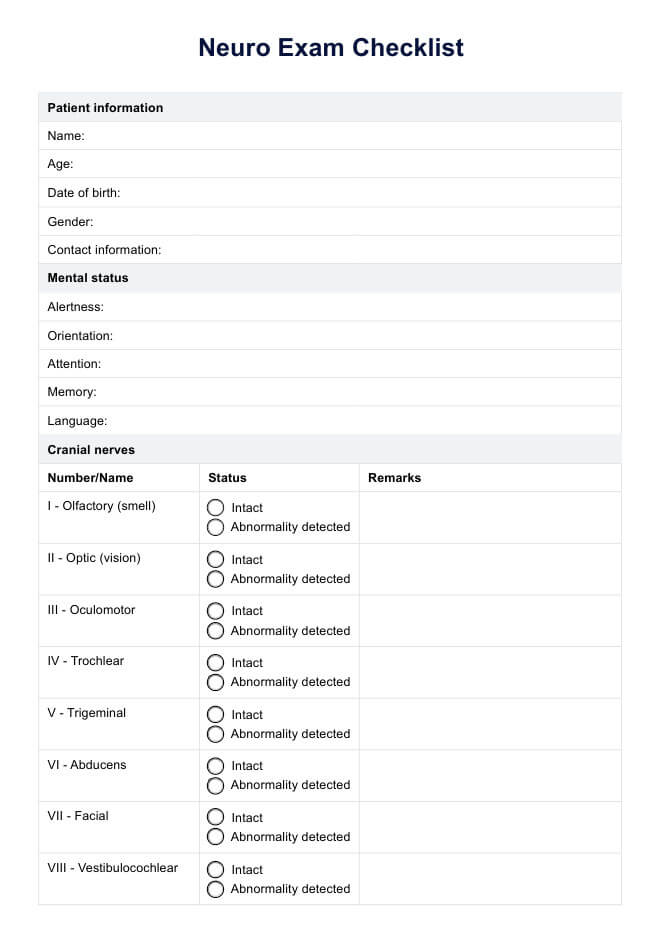MOST Medical Form
Discover the essential guide to the MOST Medical Form, including a comprehensive overview and a free PDF example. Ideal for healthcare professionals and users.


What is MOST?
Have you ever wondered how your patient preferences for life-sustaining treatment would be communicated during a life-threatening clinical event, especially when facing a life-limiting medical condition?
The MOST - Medical Orders for Scope of Treatment - is crucial in this context. This vital document ensures that a healthcare professional or doctor, from the advanced practice nurse to the nurse practitioner, provides care aligned with the patient's wishes. Developed in consultation with a healthcare provider, whether in a hospital or a mental health setting, MOST specifies the extent of life-sustaining treatment, from aggressive therapy to palliative care, grounded in a deep understanding of the patient's values.
This approach ensures that, during the most critical moments, every action taken by healthcare providers resonates with the patient's preferences, facilitating a coordinated approach to end-of-life care.
MOST Medical Form Template
MOST Medical Form Example
What is the MOST Medical Form?
The MOST Medical Form, for Medical Orders for Scope of Treatment, is a legal document designed to ensure a patient's treatment preferences are honored across all healthcare settings. This form results from detailed discussions between the patient and health care professionals, including but not limited to physicians, nurse practitioners, and advanced practice nurses.
It outlines specific medical orders for life-sustaining treatment, reflecting a patient's wishes for future healthcare. By facilitating informed consent and ensuring clear communication of these wishes, the MOST form plays a pivotal role in healthcare planning, particularly for patients with serious, life-limiting medical conditions.
Purpose
- Honoring patient preferences: The MOST form ensures that the healthcare facility and professionals involved in a patient’s care honor their treatment preferences, especially in critical situations where the patient might not be able to communicate. This respect for patient autonomy is foundational to ethical medical practice.
- Facilitating informed consent: By discussing and documenting specific medical orders in the MOST form, healthcare providers ensure that patients are fully informed about their treatment options for life-sustaining treatment. This process supports informed consent, empowering patients or the decision maker to make decisions that align with their values and preferences regarding future healthcare.
- Improving communication across care settings: The MOST form acts as a portable and legally recognized document that communicates a patient’s treatment preferences to all healthcare providers, whether at home, in a hospital, or in a long-term care facility. This continuity is crucial for providing consistent care that adheres to the patient's wishes, reducing medical errors and risk, and enhancing the quality of care at the end of life.
Who needs a medical MOST form?
The MOST Medical Form is an essential tool for ensuring that healthcare aligns with patient preferences, particularly in an emergency where immediate decisions about treatment need to reflect the patient’s prognosis and desired outcomes.
It's not just for a person with a terminal illness; anyone with strong preferences about their healthcare, especially in the face of severe, life-limiting conditions, can benefit from having these wishes formally documented.
Here are three key groups that particularly need a MOST form:
- Individuals with a terminal illness or poor prognosis: Patients receiving hospice care or those with a life-limiting illness stand to benefit significantly from the MOST form. This document ensures that their treatment preferences are known and respected, supporting a focus on comfort and quality of life based on their prognosis.
- The MOST form is a cornerstone of these patients' care plans, providing clear directives to healthcare professionals and families that support their choices.
- Elderly patients with complex health needs: Elderly individuals, particularly those with multiple health issues or declining health, can use the MOST form to document their preferences for treatment in emergencies and other healthcare settings. It serves as a preemptive measure to ensure that their care aligns with their values and desired outcomes, offering peace of mind to the patients and their families.
- When signed, the form guides healthcare providers in making decisions aligning with patients' wishes, enhancing the quality of care and support provided.
- Healthcare facilities: Hospitals, nursing homes, and other healthcare facilities benefit from using MOST forms as it aids in delivering patient-centered care. By having access to a signed MOST form, these facilities are better equipped to honor the patient's treatment preferences, improving patient satisfaction and outcomes.
- Additionally, it helps reduce unnecessary or unwanted medical interventions, optimizes resource use, and supports families through difficult decisions by ensuring that the care provided is in line with the patient's wishes.
The MOST form plays a crucial role in healthcare planning by providing a legally binding document that outlines patient preferences. It ensures that all parties involved—patients, families, and healthcare providers—are aligned in their approach to care, ultimately supporting better health outcomes and respect for patient autonomy.
What should be included in this MOST form?
The MOST form is a critical document in the landscape of advance care planning, especially for individuals navigating complex health conditions and contemplating their preferences for end of life care.
The MOST form contains specific medical orders that articulate a patient’s care preferences in a detailed and actionable manner, making it an indispensable tool for healthcare providers. Unlike a living will, which often describes a patient's wishes in more general terms, the MOST form translates these wishes into medical orders that can be immediately acted upon in critical situations.
This includes directives on interventions like Cardiopulmonary Resuscitation (CPR), indicating whether a patient desires such measures to be taken in the event of a cardiac or respiratory arrest.
For the form to serve its purpose effectively, it must include a comprehensive set of medical orders for the scope of treatment that cover a wide range of possible healthcare scenarios. This begins with delineating the patient’s wishes regarding using life-sustaining treatments, including but not limited to mechanical ventilation, antibiotics, artificial nutrition, and hydration.
Healthcare providers use this document to ensure that the care delivered aligns with the patient’s values and health goals, especially when patients can no longer communicate their desires.
The MOST form also plays a pivotal role in bridging the gap between various forms of advance care planning documents, such as the living will, by providing clear, concise, and actionable orders that respect the patient's wishes for their care at the end of life. It supports a patient-centered approach to healthcare, ensuring that treatment decisions reflect the individual’s preferences and medical needs.
Advantages of having a MOST form
The Medical Orders for Scope of Treatment (MOST) form represents a critical advancement in healthcare planning, marrying the personal desires of patients with the clinical realities of medical care. When properly filled out and signed, this legal document provides a clear directive for healthcare professionals, including physicians and physician assistants, ensuring that the treatment scope aligns with the patient's wishes.
The advantages of having a MOST form are profound, impacting the patients, their families, and decision-makers involved in their care.
1. Clear decision-making authority
The MOST form grants a clear decision-making authority, ensuring that the patient's treatment preferences, such as cardiopulmonary resuscitation or other life-sustaining measures, are respected. This document serves as an authoritative guide for healthcare providers, reducing the burden on families and decision-makers to make tough calls in the heat of the moment.
The specificity of the MOST form in outlining the scope of treatment desired provides peace of mind to all involved, knowing that care decisions are being made according to the patient's wishes.
2. Enhances coordination among healthcare providers
The MOST form facilitates improved coordination among healthcare providers across different settings, from the hospital to palliative care environments. This signed document travels with the patient, ensuring that every physician, nurse, and physician assistant involved in their care knows and can honor their treatment preferences.
By having a unified understanding of the patient’s wishes, healthcare teams can work more cohesively, enhancing the efficiency and effectiveness of care.
3. Supports families in difficult times
For families, the MOST form is a source of support during difficult times, relieving them of the burden of making critical care decisions under stress. Knowing that the treatments being administered are those chosen by their loved one, in line with their living will and other advance directives, helps families navigate the emotional challenges of end-of-life care. This document strengthens the family's role in the care process, ensuring their loved one's voice is heard even when they cannot speak for themselves.
4. Streamlines the development of care plans
The development of personalized care plans is streamlined using MOST forms, as they provide a clear, legally recognized outline of the patient's care preferences. This allows healthcare professionals, including physician assistants and nurses, to quickly understand and implement the desired scope of treatment without extensive deliberation.
The clarity and legal standing of the MOST form make it an invaluable tool in the efficient and respectful delivery of care, ensuring treatments align with the patient's values and medical needs.
Commonly asked questions
MOST, MOLST, POST, and POLST forms all aim to document patient preferences for end-of-life care but differ mainly in terminology and usage across various states or regions. They share similar goals but are named differently based on local adoption and legal frameworks.
A DNR (Do Not Resuscitate) order specifically addresses the patient's wish not to receive CPR in case of cardiac or respiratory arrest. At the same time, a MOLST (Medical Orders for Life-Sustaining Treatment) covers a broader range of life-sustaining treatments beyond CPR, including patient preferences on intubation, ventilation, and more.
The MOST form is not universally required but is highly recommended for individuals with serious illnesses or those who want to ensure their treatment preferences are respected across healthcare settings. Its necessity varies based on patient needs and local regulations.
Yes, patients can edit their MOST form. To make changes, they should discuss their new preferences with their healthcare provider or doctor, who can help update the form to reflect these changes.


